If you’re new to veganism, avoiding animal-based products might seem fairly straightforward. However, there are a few things you’ll want to pay special attention to. We’ll help you navigate through these ingredient lists so you can steer clear of some potential hidden animal products that may surprise you.
Whey
Often used in baked goods, whey is one of those words you may or may not be familiar with—it’s the watery part of milk that is leftover after curds are formed in the cheese-making process. Because whey contains much of the lactose and about 20% of the protein in milk, it has become a valued byproduct. (It used to be something that got thrown away!) Whey powder is a mainstay in many non-vegan protein powders. Combined with other ingredients in processed foods, whey conveys a host of desirable properties—for this reason, you might find it listed in the ingredients for baked goods, beverages, dressings and a myriad of other products.
Casein
Another milk-based protein is casein. One of the two primary proteins in milk, it accounts for 80% of the protein in cow’s milk. You may also see casein in the ingredient list as caseinate or lactic acid which sometimes contains casein. Some foods where you might also see casein listed are margarine, non-dairy coffee creamer, cheese-flavored chips and snack crackers, as well as baked goods.
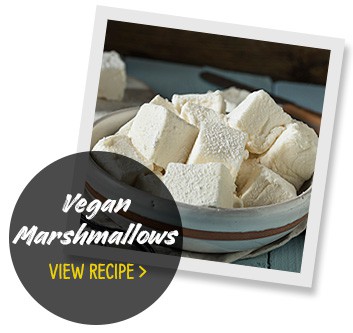 Gelatin
Gelatin
Created from the skin, bones and connective tissues of (typically) cows and pigs, gelatin can be found in things like candy (think gummy bears), gum, capsules used for supplements and marshmallows. A vegan substitute for gelatin is agar-agar. A flavorless gelling agent, agar-agar is derived from cooked and pressed seaweed.
Whether you want to gather ‘round a campfire and roast marshmallows, or just sneak a few from the pantry (we won’t tell) you can try this
Vegan Marshmallow recipe—you’re friends and family will love them!
Natural and Artificial Flavorings
You might want to err on the side of caution with this phrase when you encounter it in an ingredient list as it can be either animal- or vegetable-sourced. Listed in the FDA’s
Code of Federal Regulations Title 21, natural and artificial flavors are both described as able to include “meat, seafood, poultry, eggs, dairy products, or fermentation products thereof”—a pretty wide window!
Vitamins and Supplements
Vitamins and supplements are a part of many people’s healthy living journey. As a vegan, you’ll want to pay a little more attention to the labeling. Found in many multivitamins, vitamins A, D and B
12 can be derived from animal products. Additionally, many supplements come in capsule format, which may be made of gelatin. When shopping for vitamins and supplements, it’s best to check the label and look for those that are labeled as vegan.
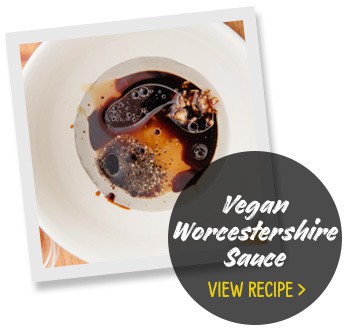 Worcestershire Sauce
Worcestershire Sauce
Worcestershire sauce seems to show up in loads of recipes that you may want to convert to your new plant-based diet. The ingredient that will kick this condiment from your fridge, however, is anchovies. But fret not—here is a
vegan version you can whip up in no time!
Beer and Wine
It might come as a surprise that some wines and beers may not be vegan. After all, wine is made from grapes, and beer from hops and barley—all plants! Yet, some beers and wines might be made with non-vegan-friendly ingredients like dairy or honey. There is also the question of process: Animal products are often used in the filtering and fining, or clarification process of both wine and beer making. These include things like isinglass (from fish), sea shells, albumen (egg whites) and gelatin. Luckily,
this website contains a comprehensive list of well over 35,000 beer, wine and spirits, showing whether they’re vegan-friendly or not.
Carmine
A naturally sourced red dye used in food and drink, the most surprising thing about carmine is its source—a bug! For centuries, red dye has been created from the cochineal bug that lives on the pads of prickly pear cacti. Rich in history, this bug-centric colorant eventually made its way into modern-day food production. Some other names you might also see carmine listed as include cochineal, carmine lake or natural red 4.
Did you know? Broccoli, bok choy, chinese cabbage, collards and kale are all great, non-dairy sources of calcium.
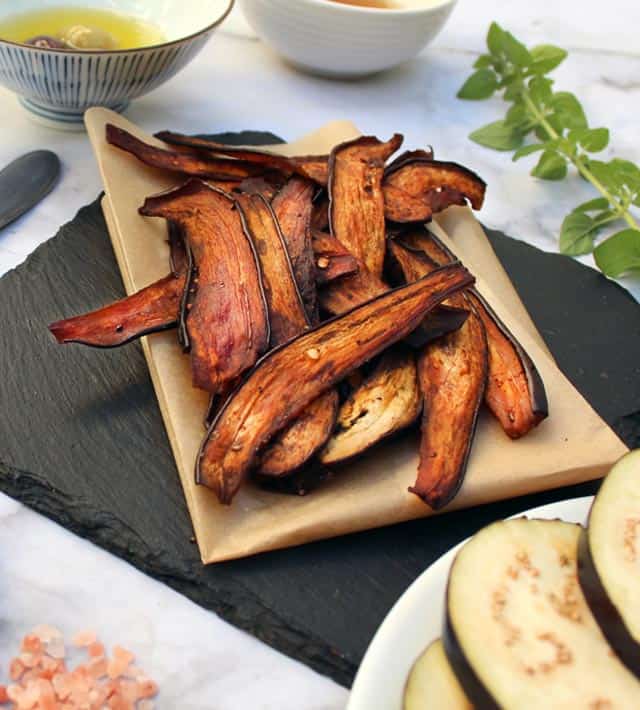
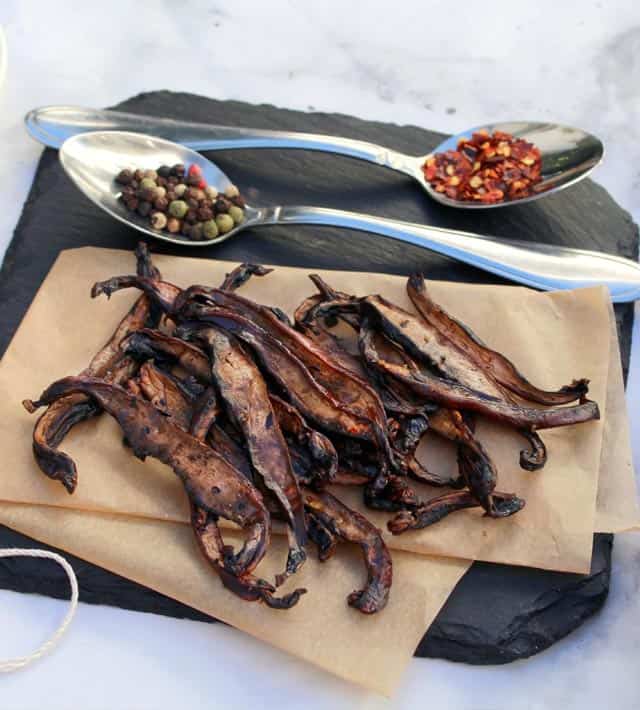















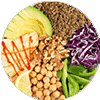


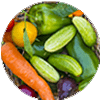
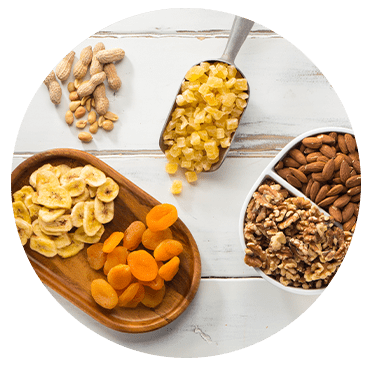
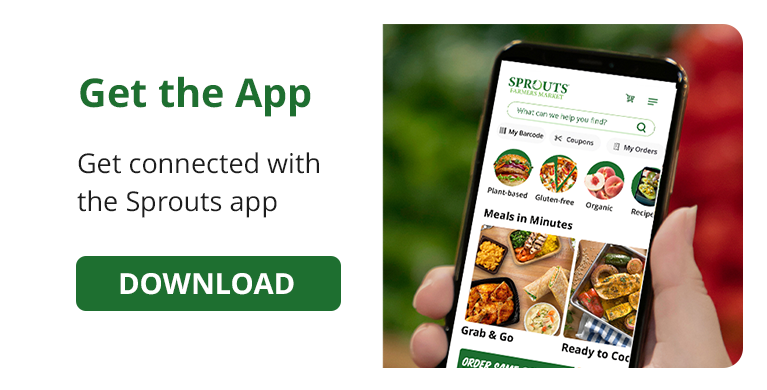




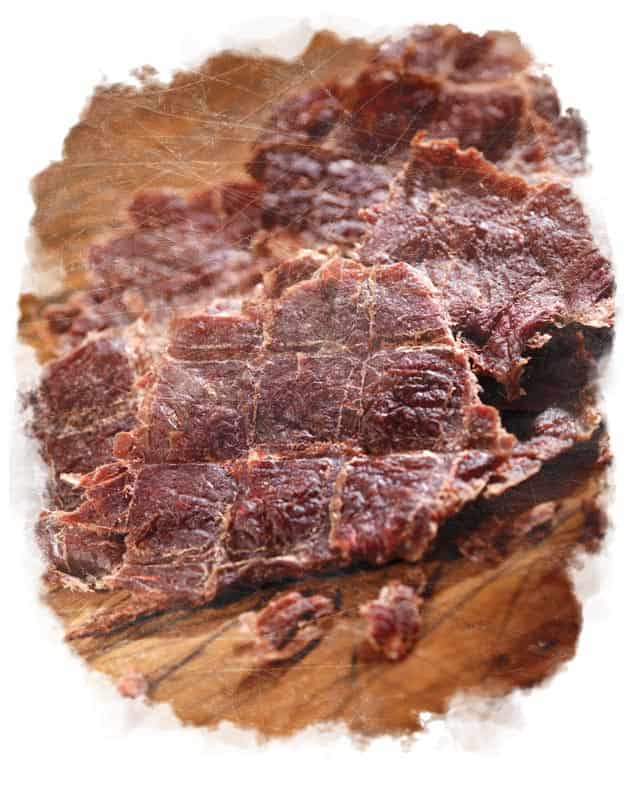 Jerky gives you more nutritional bang for your buck. It’s made with lean cuts of meat so it will dry out properly. This makes it a healthy protein choice because it’s low in saturated fat. Paleo jerky has many nutritional benefits over conventional jerky—without sacrificing taste. For example, the sugar content of paleo jerky is usually 2 grams or less, whereas conventional jerky ranges from 5–9 grams of sugar per ounce.
Jerky gives you more nutritional bang for your buck. It’s made with lean cuts of meat so it will dry out properly. This makes it a healthy protein choice because it’s low in saturated fat. Paleo jerky has many nutritional benefits over conventional jerky—without sacrificing taste. For example, the sugar content of paleo jerky is usually 2 grams or less, whereas conventional jerky ranges from 5–9 grams of sugar per ounce.
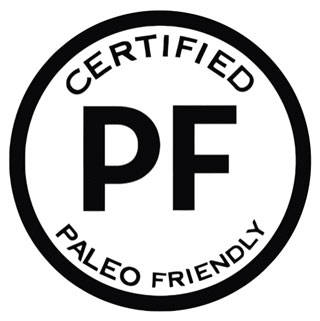
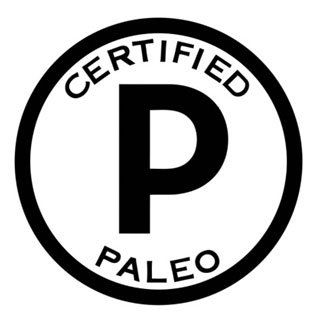
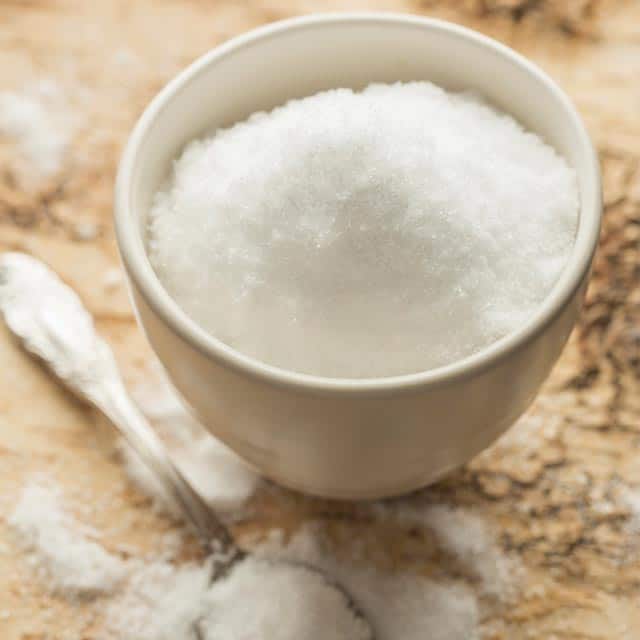 A bit of a mouthful, erythritol, (sounds like air-rith-rih-tall), is a sweetener you may have seen listed among other ingredients for things like chewing gum, baked goods and beverages. While it sounds new, erythritol was discovered by Scottish chemist John Stenhouse in 1848. This sugar alcohol occurs naturally in some fruits like watermelon, pears and grapes, as well as some fermented foods like wine, sake and soy sauce.
Even though small amounts of erythritol are present in nature, for mass production, it is generally made from cornstarch. It is about 60–80% as sweet as sucrose (sugar) but is nearly non-caloric. And, unlike sugar, it does not cause spikes in blood sugar, because the body doesn’t break it down like a sugar, making it a great option for those seeking an alternative sweetener.
A bit of a mouthful, erythritol, (sounds like air-rith-rih-tall), is a sweetener you may have seen listed among other ingredients for things like chewing gum, baked goods and beverages. While it sounds new, erythritol was discovered by Scottish chemist John Stenhouse in 1848. This sugar alcohol occurs naturally in some fruits like watermelon, pears and grapes, as well as some fermented foods like wine, sake and soy sauce.
Even though small amounts of erythritol are present in nature, for mass production, it is generally made from cornstarch. It is about 60–80% as sweet as sucrose (sugar) but is nearly non-caloric. And, unlike sugar, it does not cause spikes in blood sugar, because the body doesn’t break it down like a sugar, making it a great option for those seeking an alternative sweetener.
 Having fun in the sun is the perfect way to spend the day! Whether you’re spending a sunny summer day on the beach or making your way down the slopes during winter’s coldest months, it’s important to protect your skin from both the UVA and UVB rays of the sun.
Having fun in the sun is the perfect way to spend the day! Whether you’re spending a sunny summer day on the beach or making your way down the slopes during winter’s coldest months, it’s important to protect your skin from both the UVA and UVB rays of the sun.
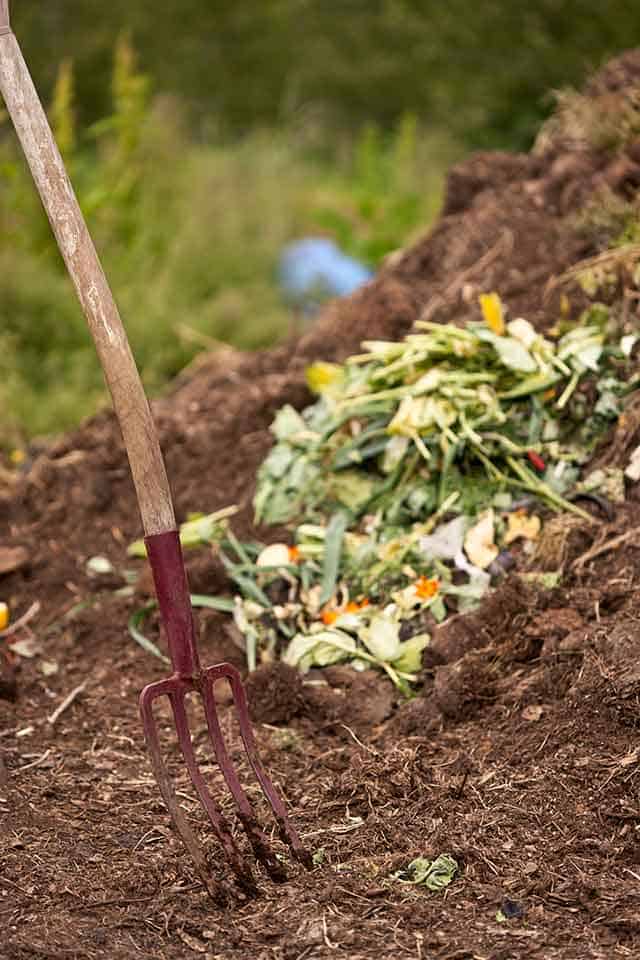 What is Compost?
What is Compost?

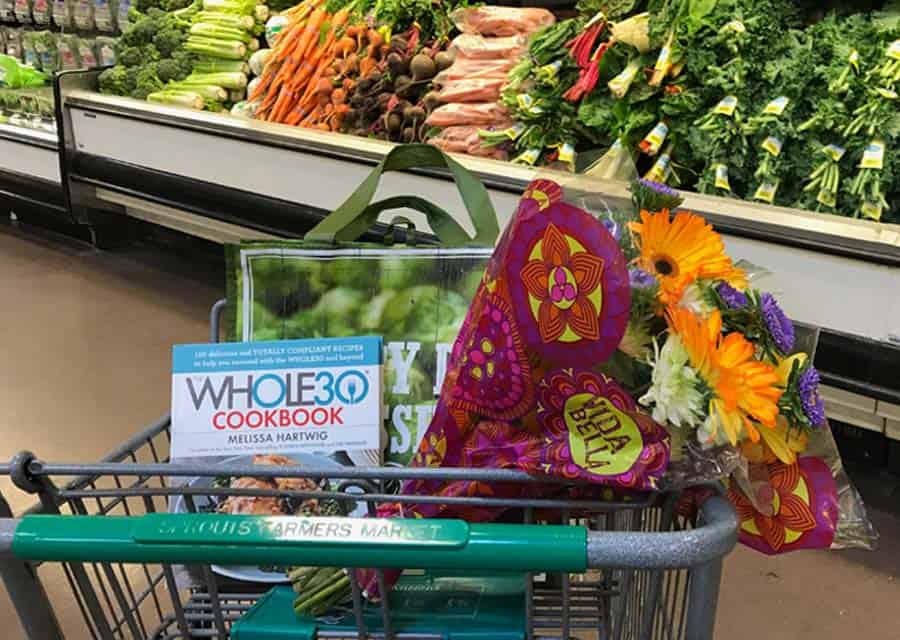 Article by Melissa Hartwig, co-creator of the Whole30 program
If you follow me, you know I love shopping at Sprouts. While my first stop is always the fresh-cut flowers, the rest of the store is FULL of Whole30-friendly products. So many of you have asked me about my Sprouts hauls, so I’m here to share my personal Sprouts Whole30 shopping list. But first, in case you haven’t heard of our program yet … what IS the
Article by Melissa Hartwig, co-creator of the Whole30 program
If you follow me, you know I love shopping at Sprouts. While my first stop is always the fresh-cut flowers, the rest of the store is FULL of Whole30-friendly products. So many of you have asked me about my Sprouts hauls, so I’m here to share my personal Sprouts Whole30 shopping list. But first, in case you haven’t heard of our program yet … what IS the 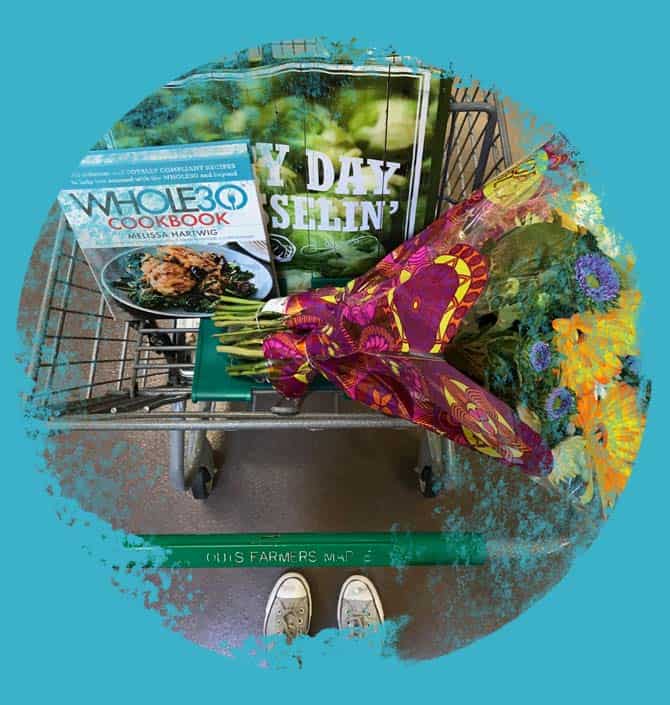


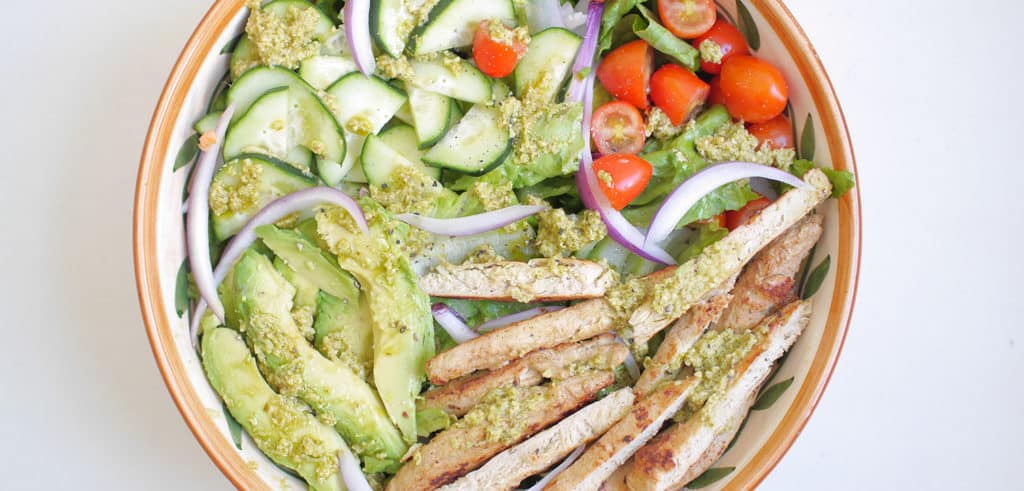
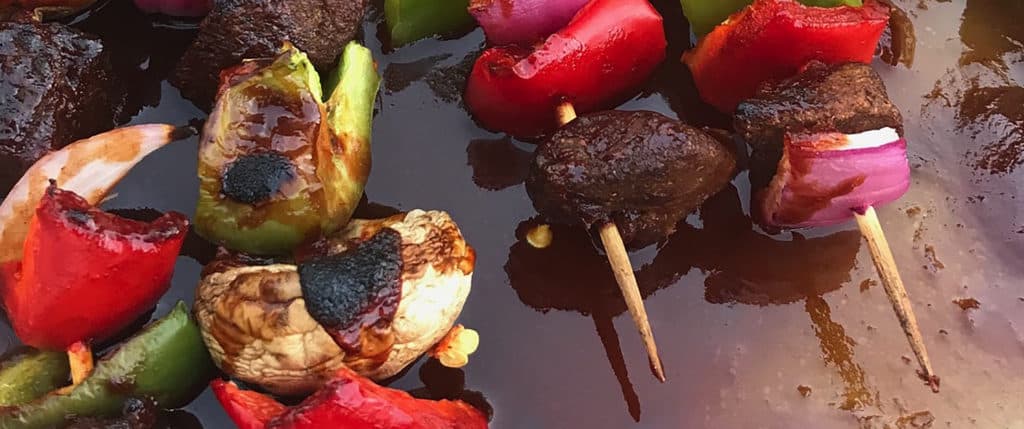
 About the blogger, @plantbasedonabudget:
About the blogger, @plantbasedonabudget: